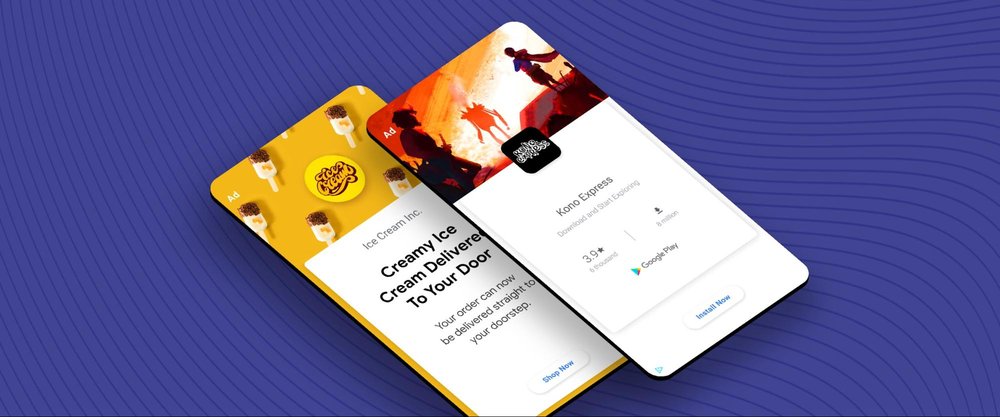We've seen amazing momentum from web creators trying their first steps with Web Stories. With more adoption comes more content exploration, guidance and questions, and it’s still early days for Web Stories, so we’re all figuring things out together as a community.
Web creators around the world are figuring out how Web Stories complement their portfolio, and one particular thing we've seen folks try out is teaser content: Web Stories that are essentially advertisements for some other content, like a blog post or full-length video.
Unfortunately, from what users are telling us, this isn't what they want. Instead Web Stories are best when they tell a full story and aren’t used to “tease” other content. Readers don’t like to feel forced to click through to a connected blog post to finish reading. While Web Stories can help grow traffic to your domain and raise your visibility, they likely will not work as a pure acquisition channel where users have to click through to complete their content journey. We want to see you succeed, so let’s discuss what to do instead.
Let’s address the elephant in the room, the reason why we’re talking about all of this in the first place: monetization. We know that many blogs and websites have their monetization strategy well crafted and want to drive users to their main property. That makes sense. However, with Stories, it's important to think about the users consuming them and how Google showcases them.

Web Story advertisements
What you might not know is that you don't have to rely on converting traffic to your blog pages to monetize. You can directly monetize Web Stories with in-between-page ads. Well-optimized blog posts might still make you more money today, but ad networks are working on building out and expanding their Web Story integrations, so you should see both CPMs and fill rates improve over time.
Quality content will make your Web Stories find an audience
Google wants to send users to the best content, so the quality of your stories is very important in determining if they show up on Search and Discover. In other words: A critical ranking signal at Google is the quality of your content. And a one- or two-page teaser for your blog post doesn’t tell a satisfying story to a reader, so Google will do its very best to not show these to users.
To be clear, this doesn’t mean that you can’t link to more extended deep dives on your blog. Like always, there’s nuance, and acceptable ways of adding value in the moment while directing readers to your blog, YouTube channel or e-commerce storefront. Here’s how you can do it.
Dos:
A shopping inspiration list that highlights products and links out to places where you can buy them.
A short version of a recipe with complete ingredients listed that leaves more detailed instructions behind a click. It inspires readers to cook and see the end product, plus allow them to dive deeper into the recipe if they prefer. But it is still a story with a beginning and an end.
A story that connects to an article about the same topic, but both convey the information with different angles. For example, creating a story about the “making of” the recipe.
Don'ts:
A three-page story that is a list of the “10 best sci-fi TV shows,” but stops at #3 and forces the reader to click through to your blog for more.
A one-page story that mentions a recipe in the headline, but is just a bunch of photos that redirect to the website.
A list highlighting beautiful cities in Europe, but just listing a city and a photo and pointing to the blog link for any actual information..
To readers of Google Discover, Google Search and other places, Web Stories are a standalone form of engaging content, so please treat them as such. After all, I'm pretty sure you’d be equally frustrated if you went to a magazine rack and discovered that it’s only the covers and all pages are missing!
Showcase your Web Stories proudly on your website
When you focus on quality storytelling and give Web Stories that first-class treatment next to your blog posts and videos, don’t be afraid to proudly showcase them on your website. Embedding Web Stories in a carousel or gallery on your site doesn’t just refresh the look and feel of your site, it also makes content much easier to consume to your most loyal readers, improves the organic ranking of your stories and diversifies your traffic sources.
Web Stories allow you to reach an entirely new audience on Discover and beyond, and contrary to their social story counterparts can have links, so publishing the best stories will build your brand, help you acquire new loyal readers and engage readers organically.
We can’t wait to see what stories you’ll tell.
